-
 © James Mann/Classic & Sports Car
© James Mann/Classic & Sports Car -
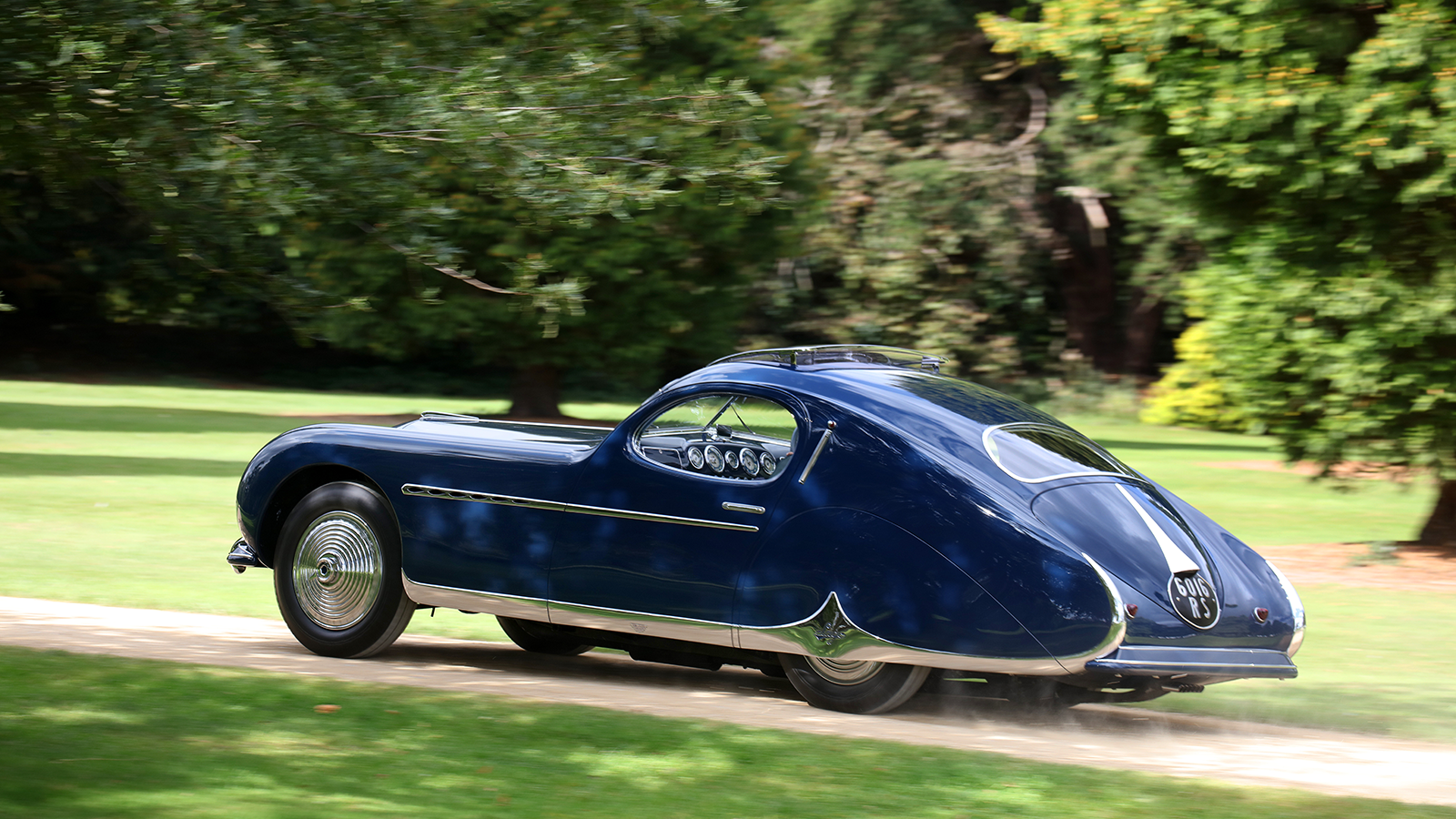 © James Mann/Classic & Sports Car
© James Mann/Classic & Sports Car -
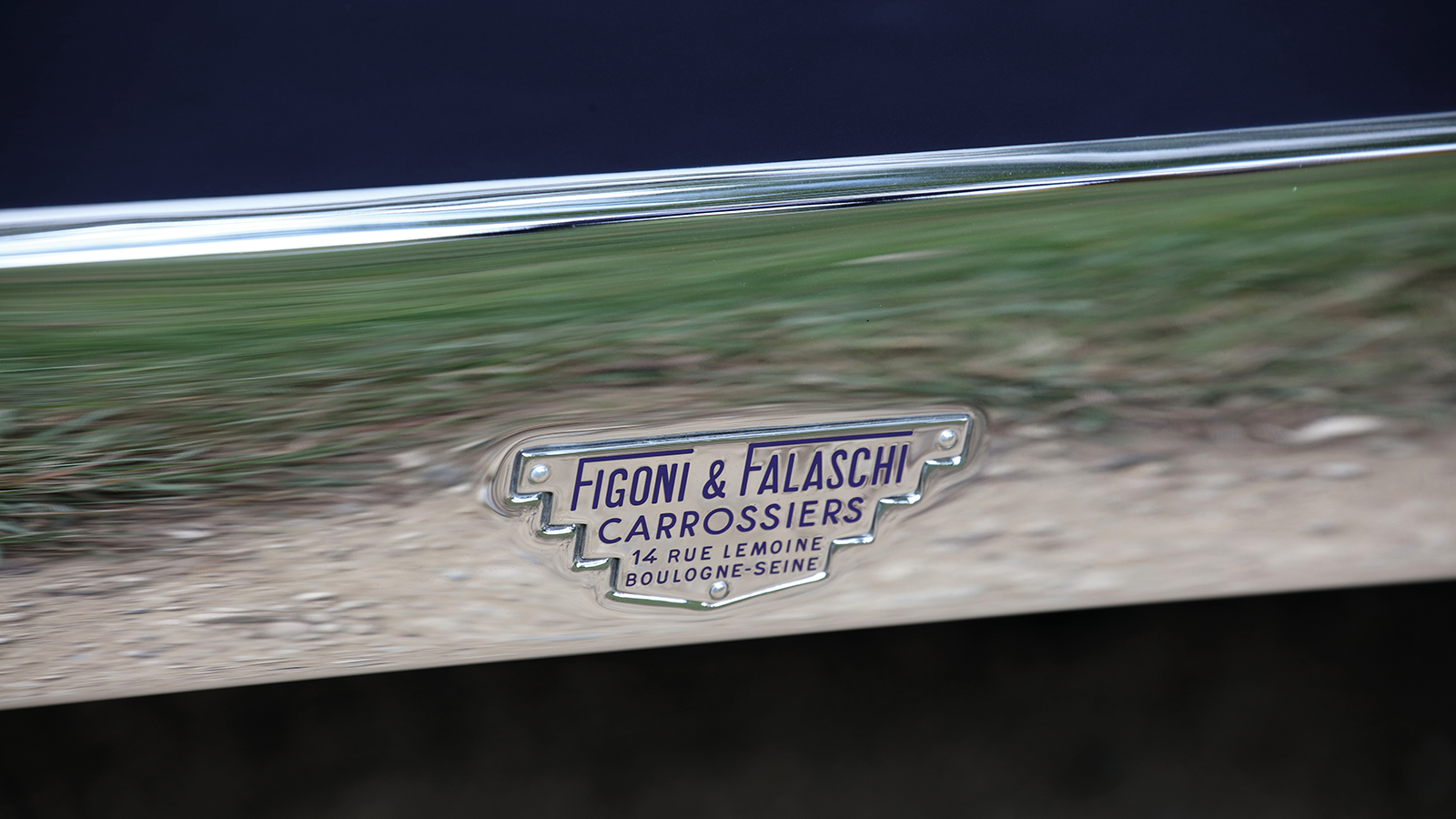 © James Mann/Classic & Sports Car
© James Mann/Classic & Sports Car -
 © James Mann/Classic & Sports Car
© James Mann/Classic & Sports Car -
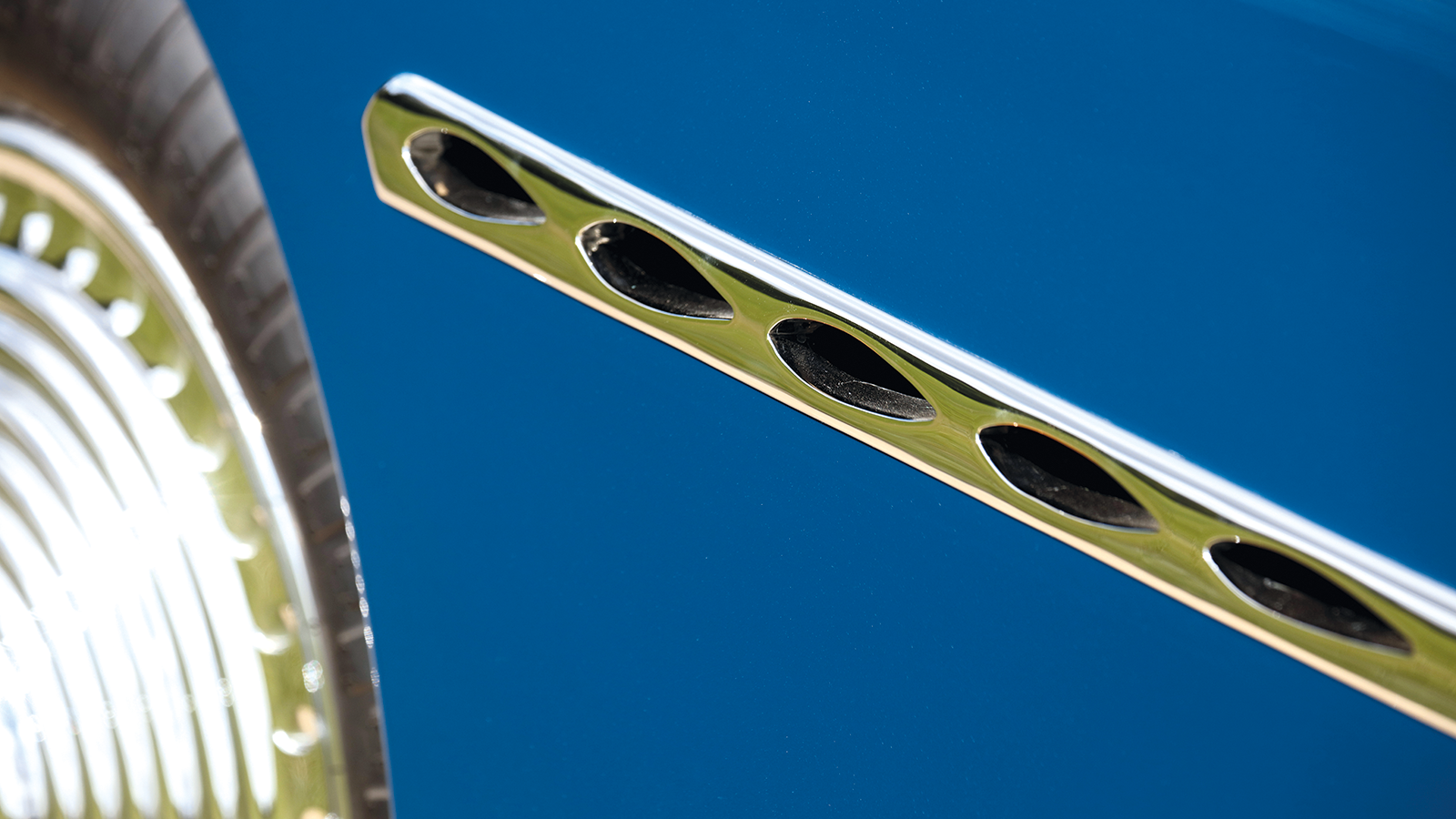 © James Mann/Classic & Sports Car
© James Mann/Classic & Sports Car -
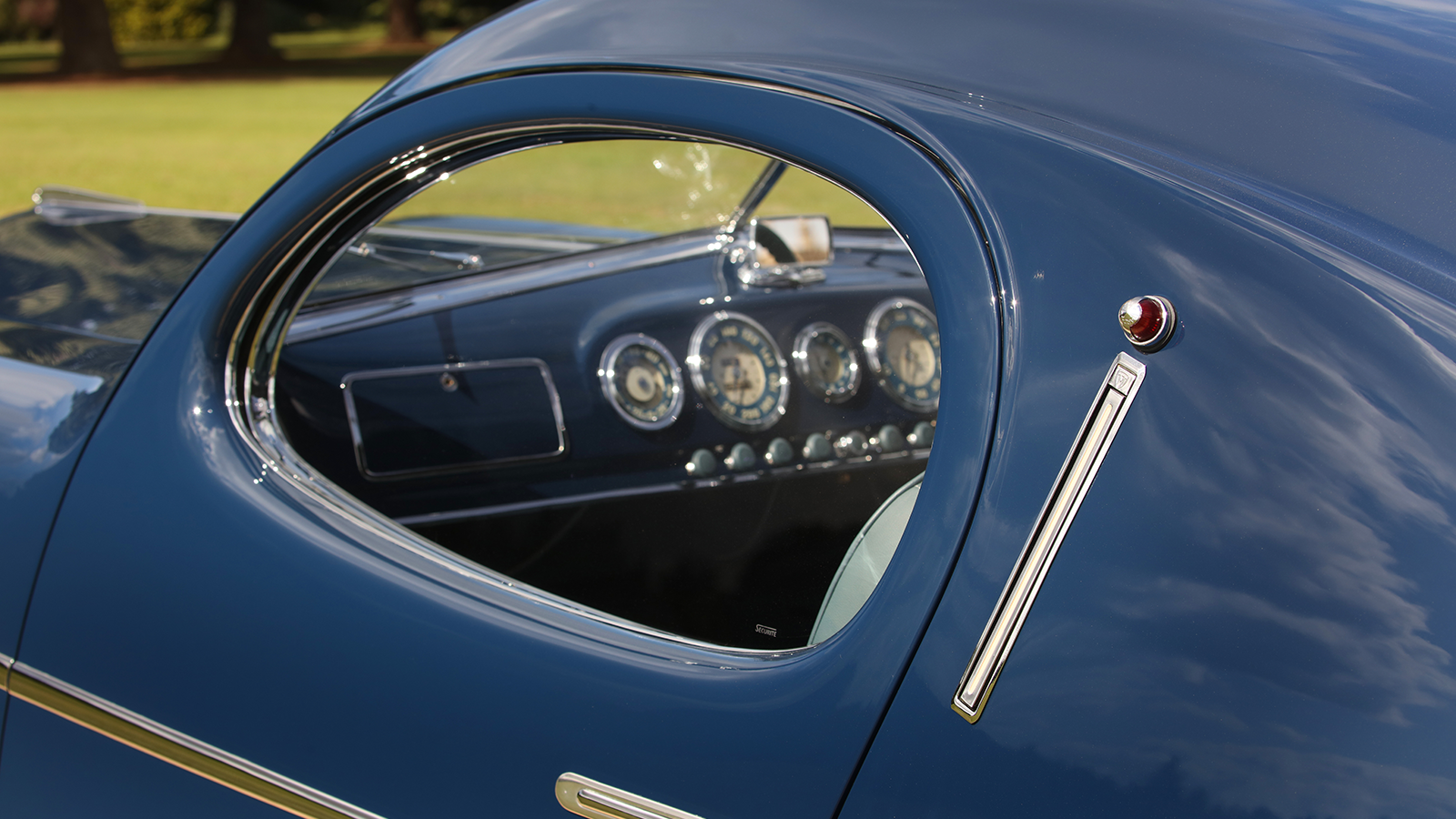 © James Mann/Classic & Sports Car
© James Mann/Classic & Sports Car -
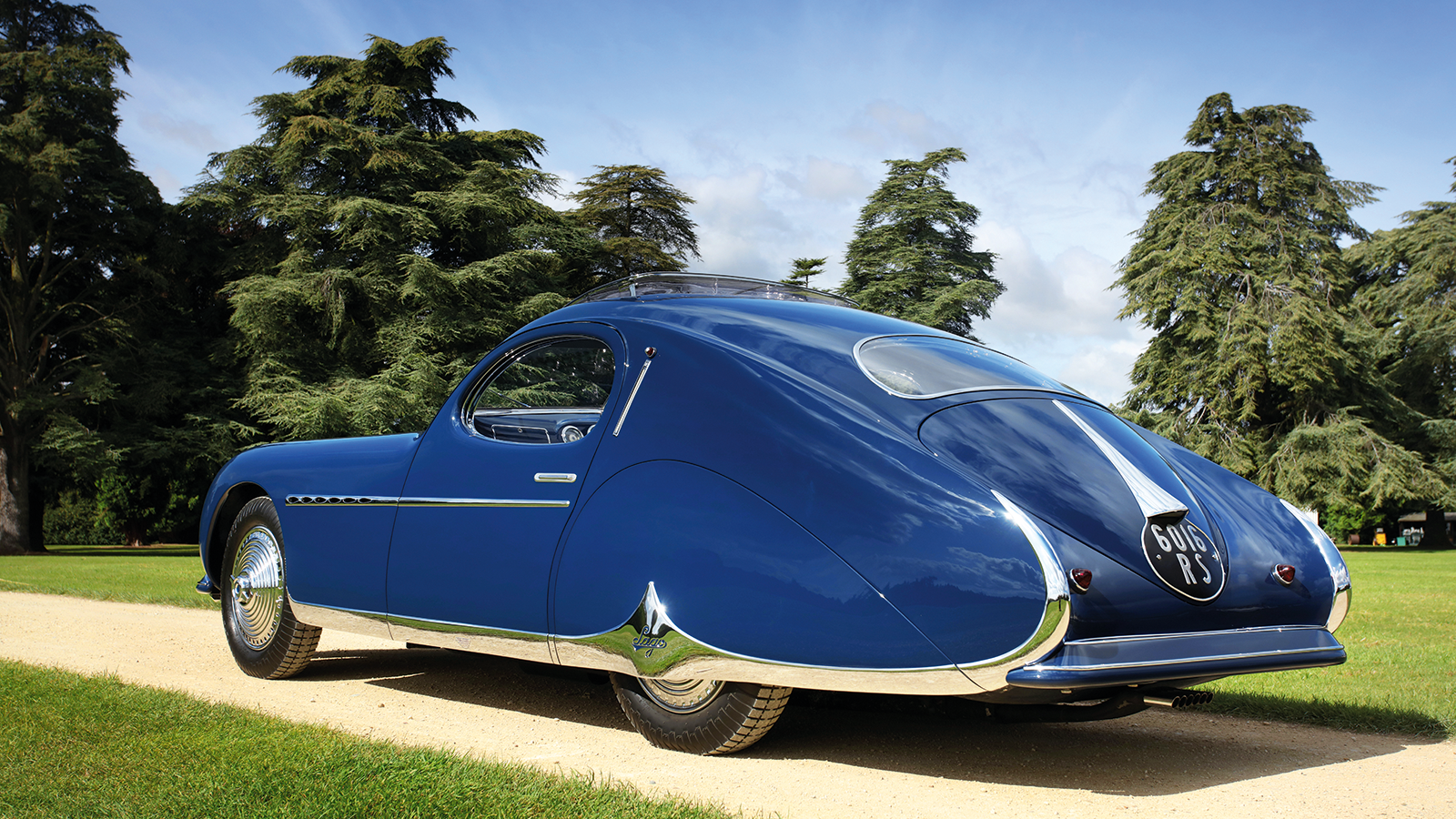 © James Mann/Classic & Sports Car
© James Mann/Classic & Sports Car -
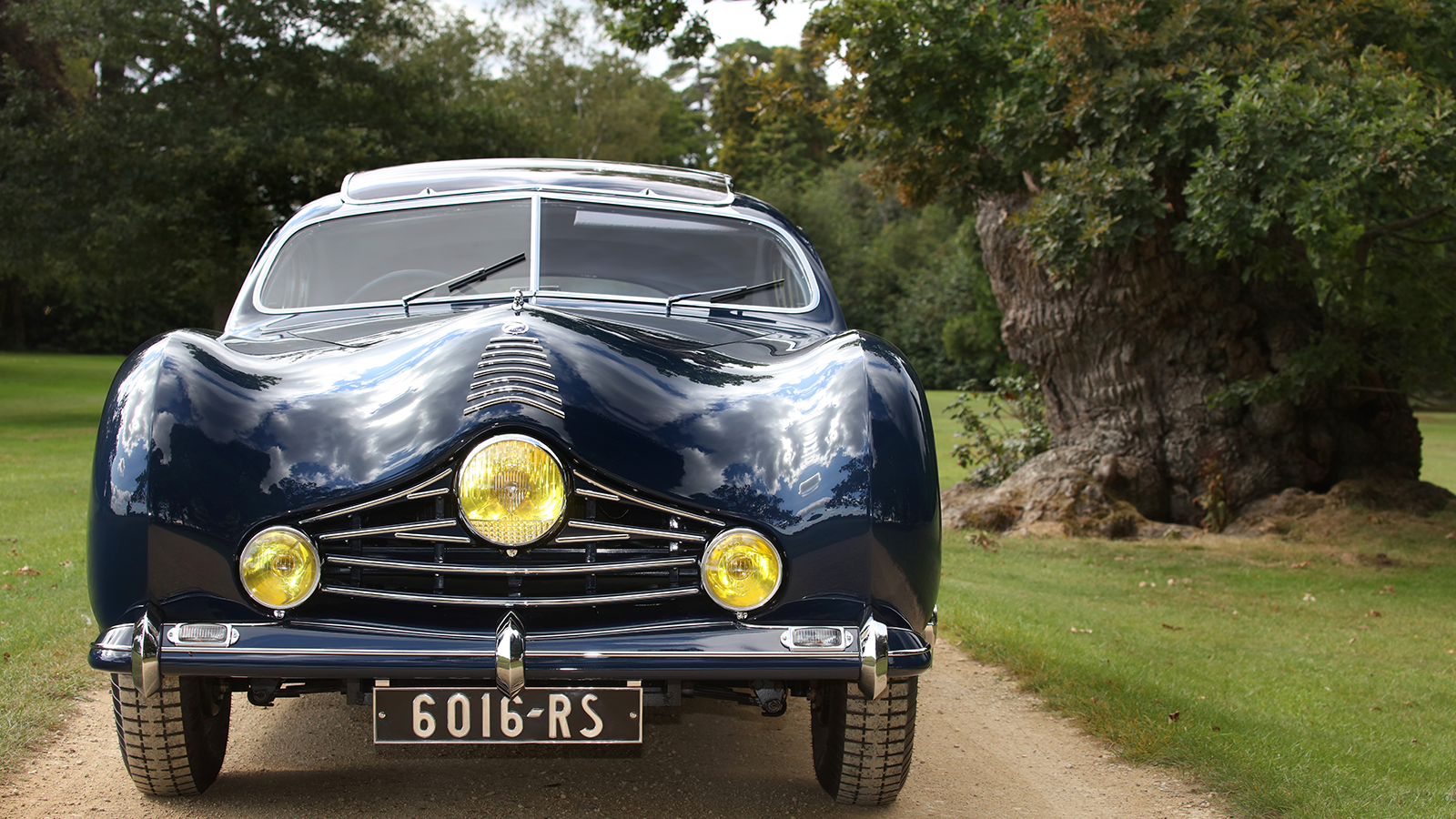 © James Mann/Classic & Sports Car
© James Mann/Classic & Sports Car -
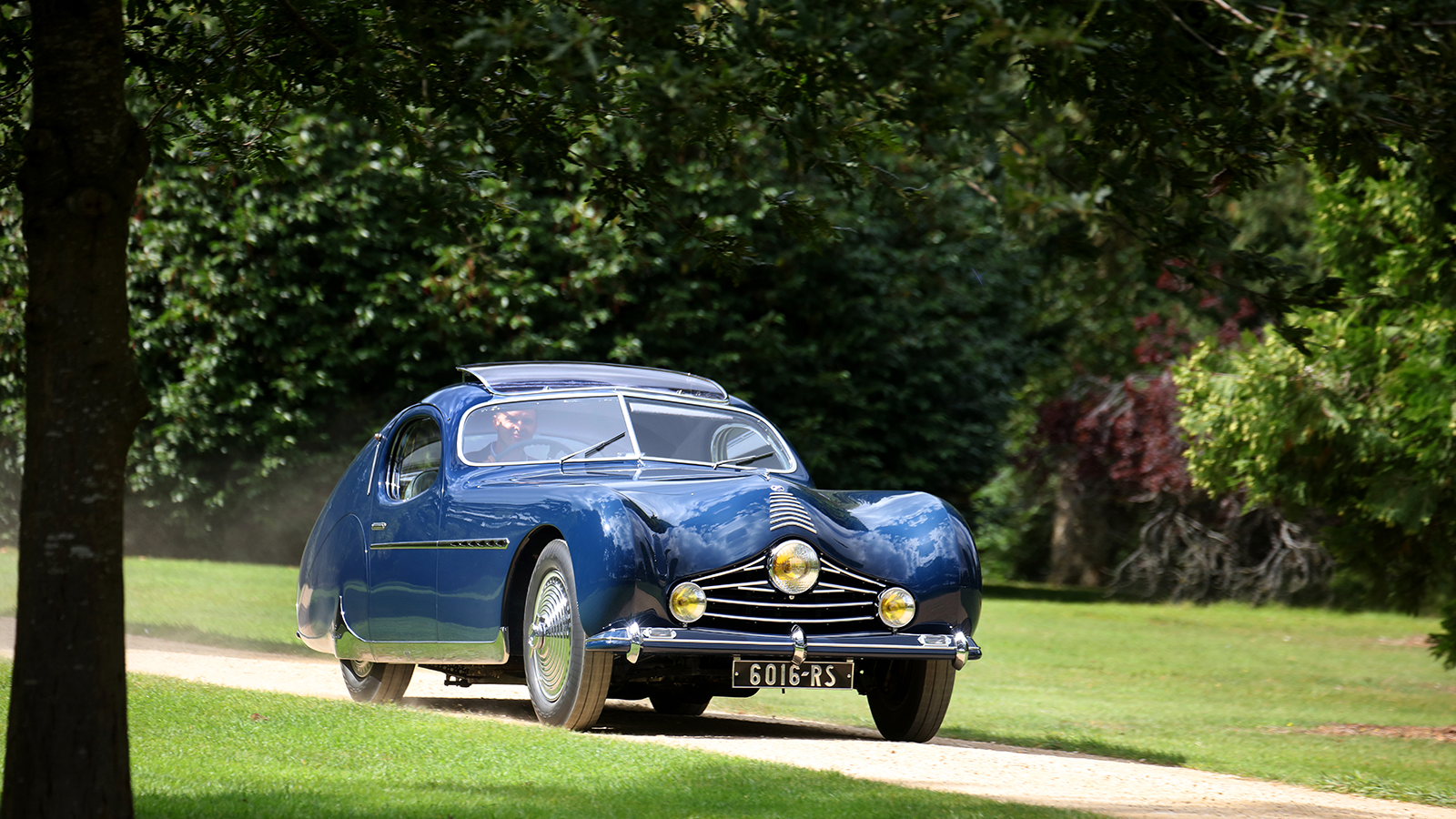 © James Mann/Classic & Sports Car
© James Mann/Classic & Sports Car -
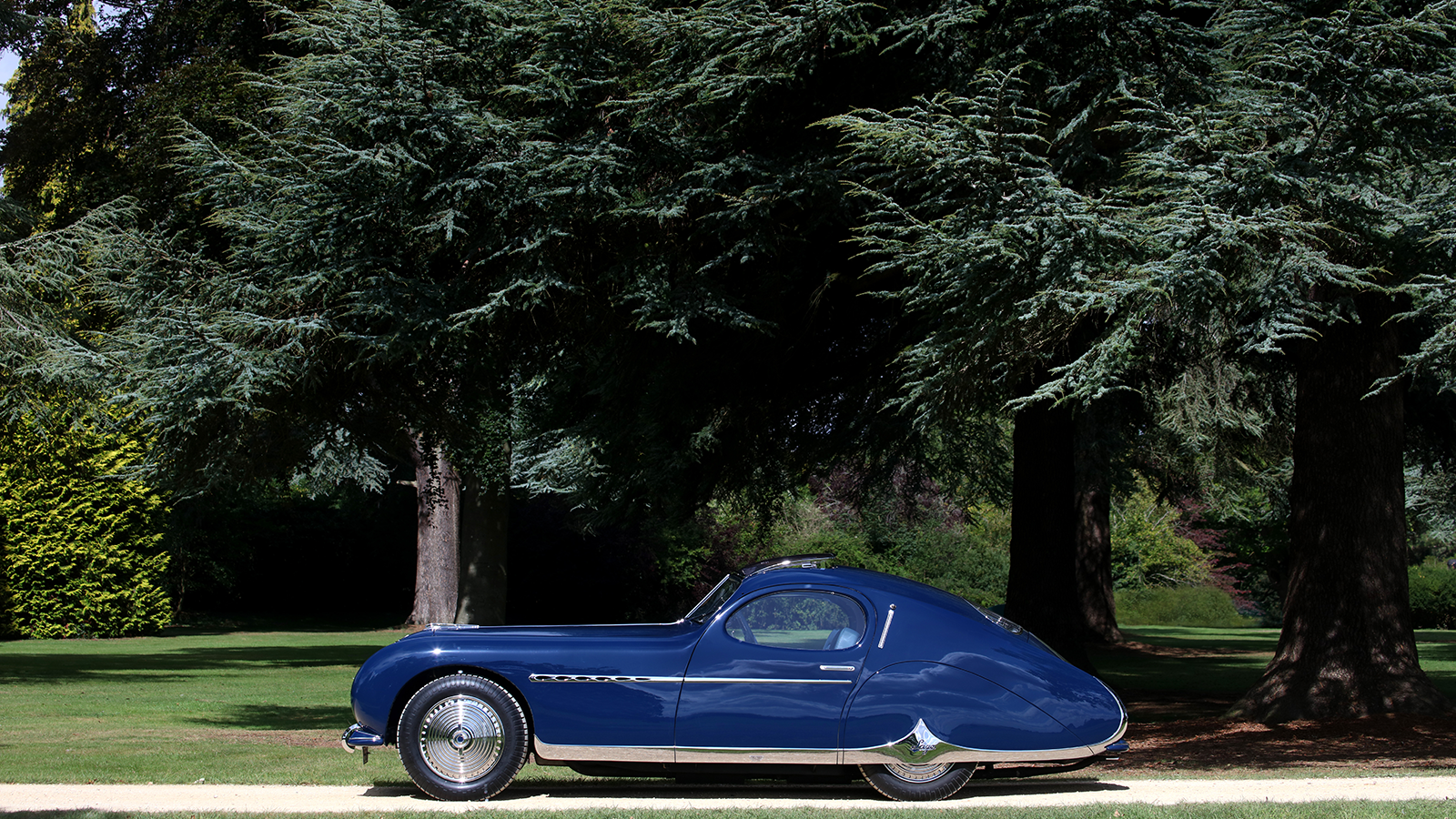 © James Mann/Classic & Sports Car
© James Mann/Classic & Sports Car -
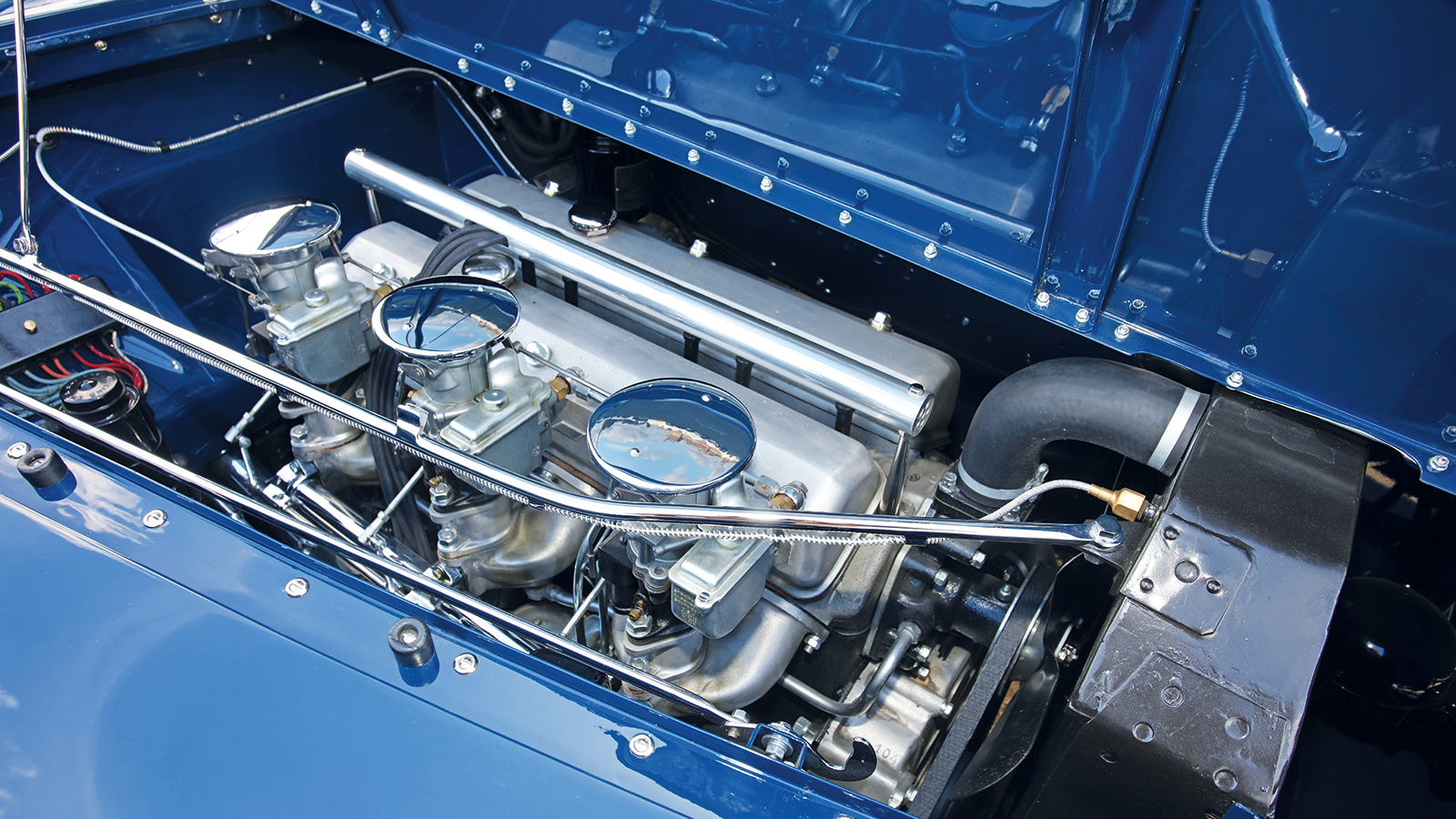 © James Mann/Classic & Sports Car
© James Mann/Classic & Sports Car -
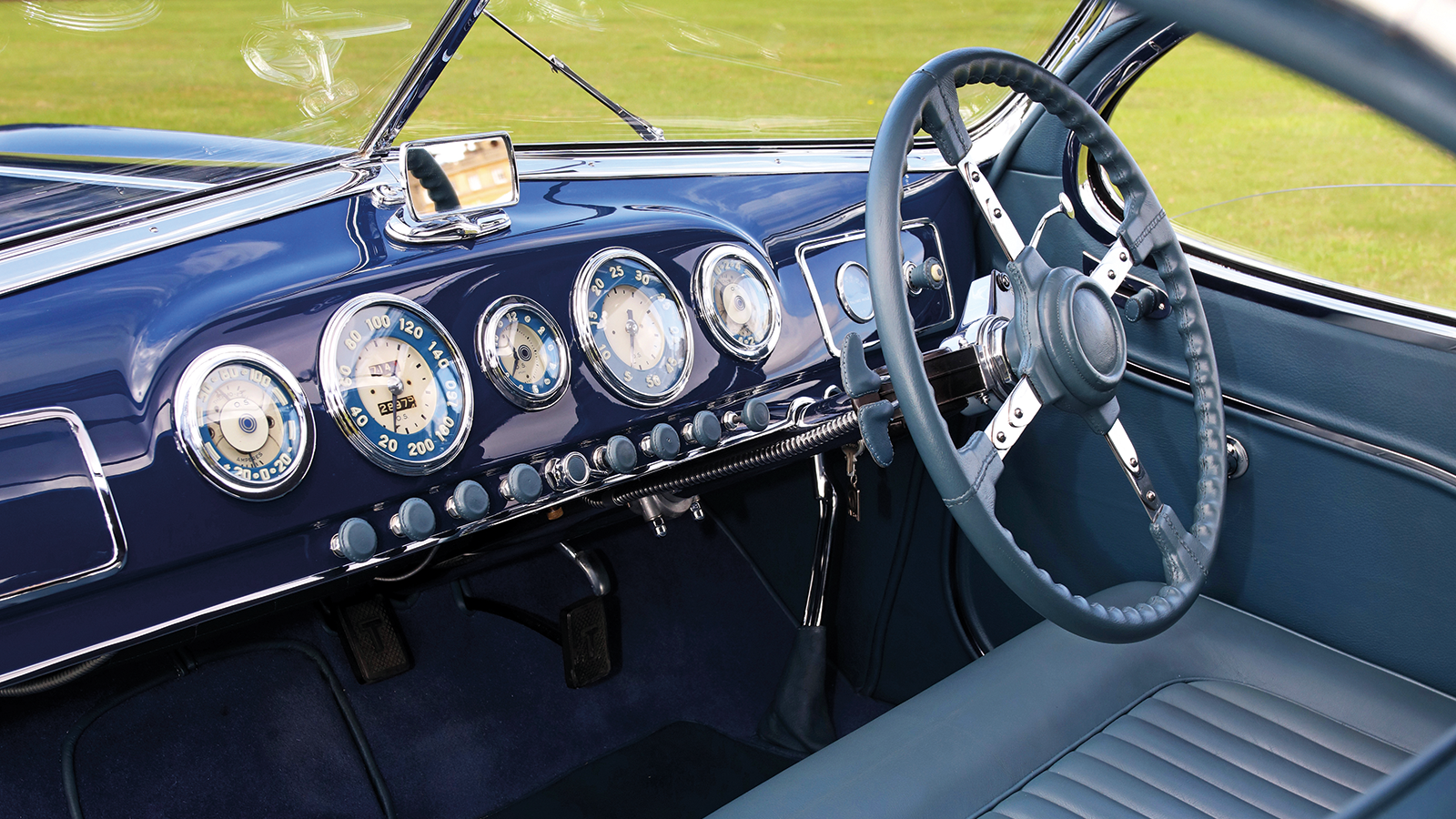 © James Mann/Classic & Sports Car
© James Mann/Classic & Sports Car -
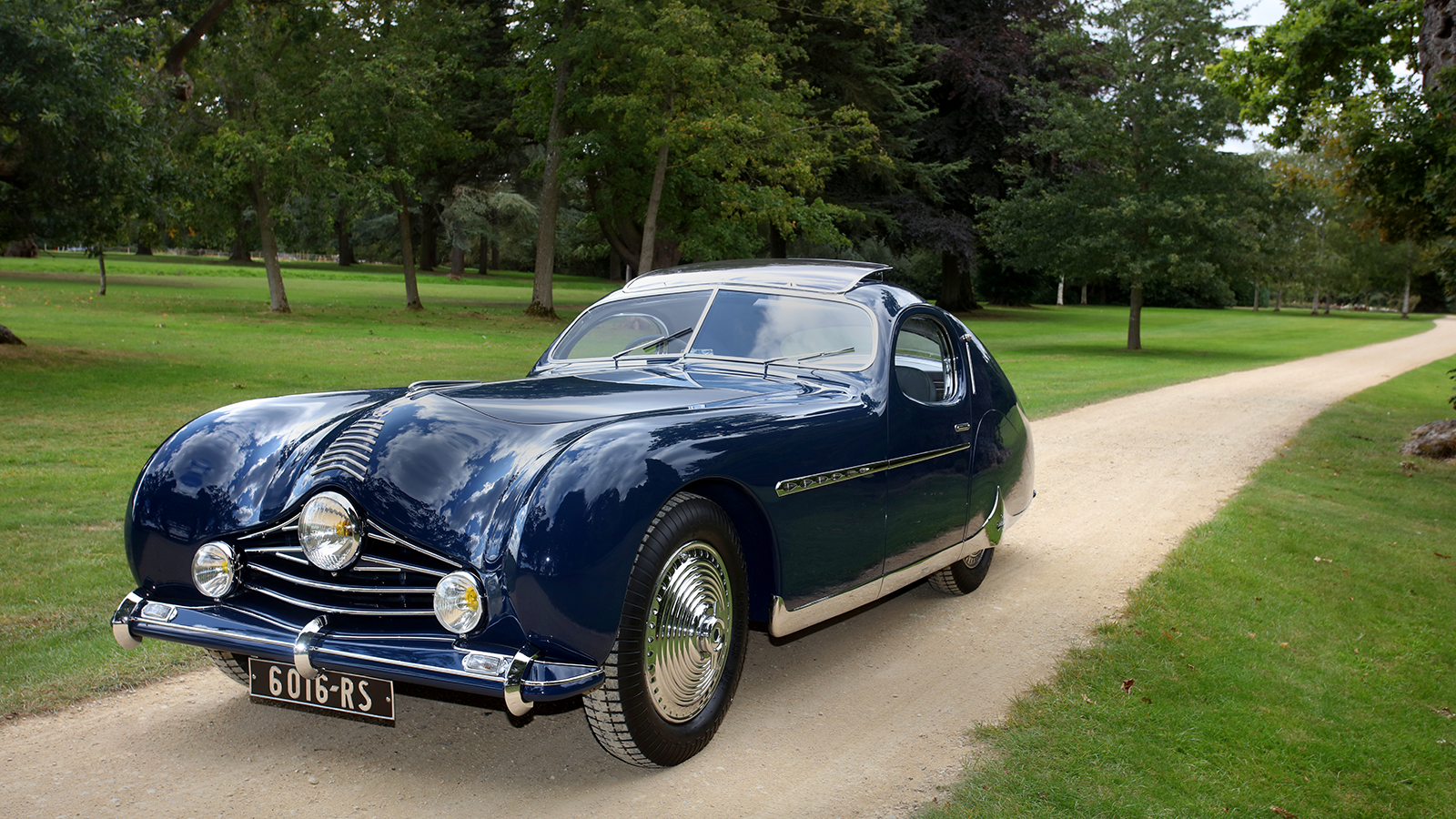 © James Mann/Classic & Sports Car
© James Mann/Classic & Sports Car -
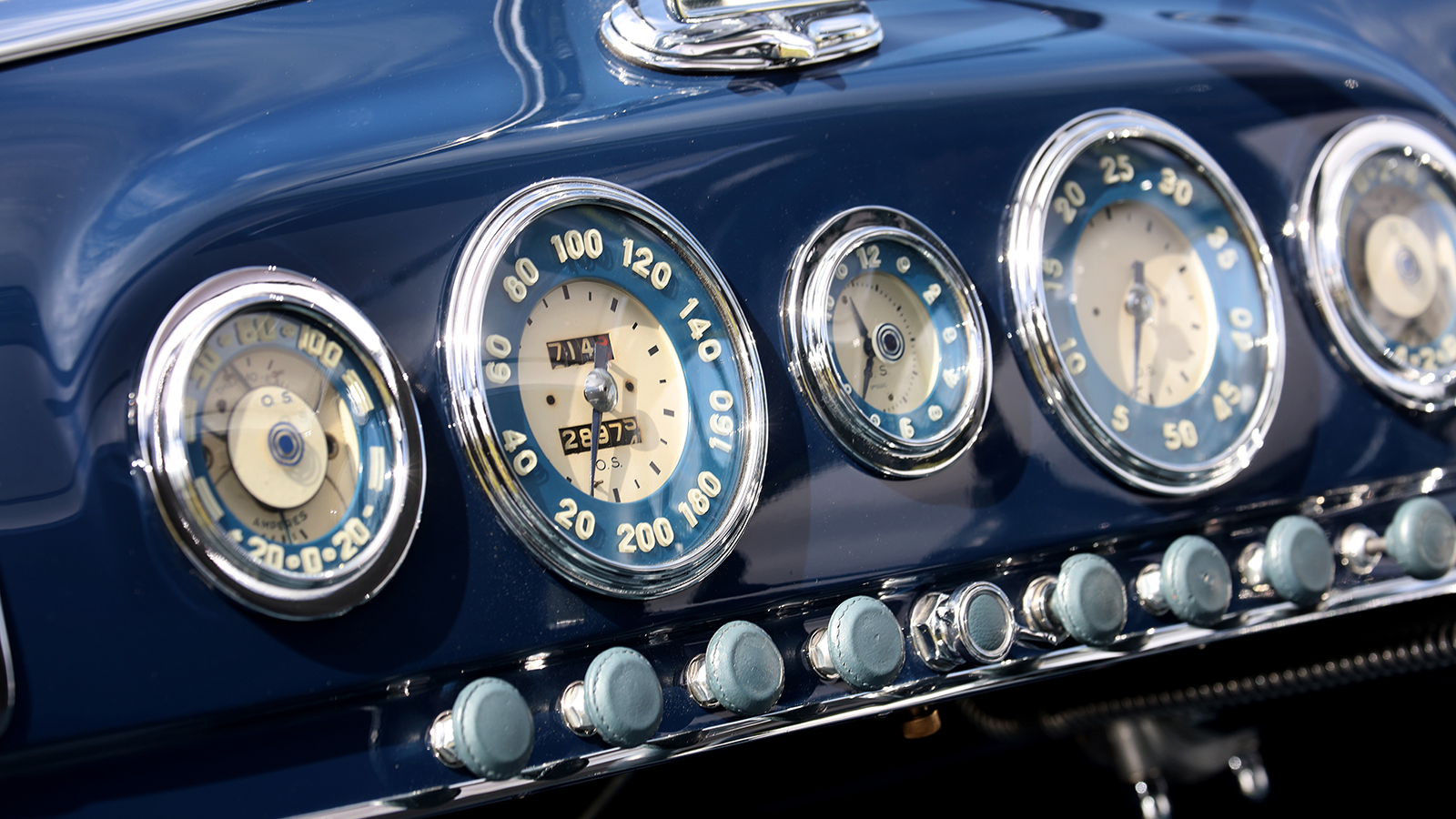 © James Mann/Classic & Sports Car
© James Mann/Classic & Sports Car -
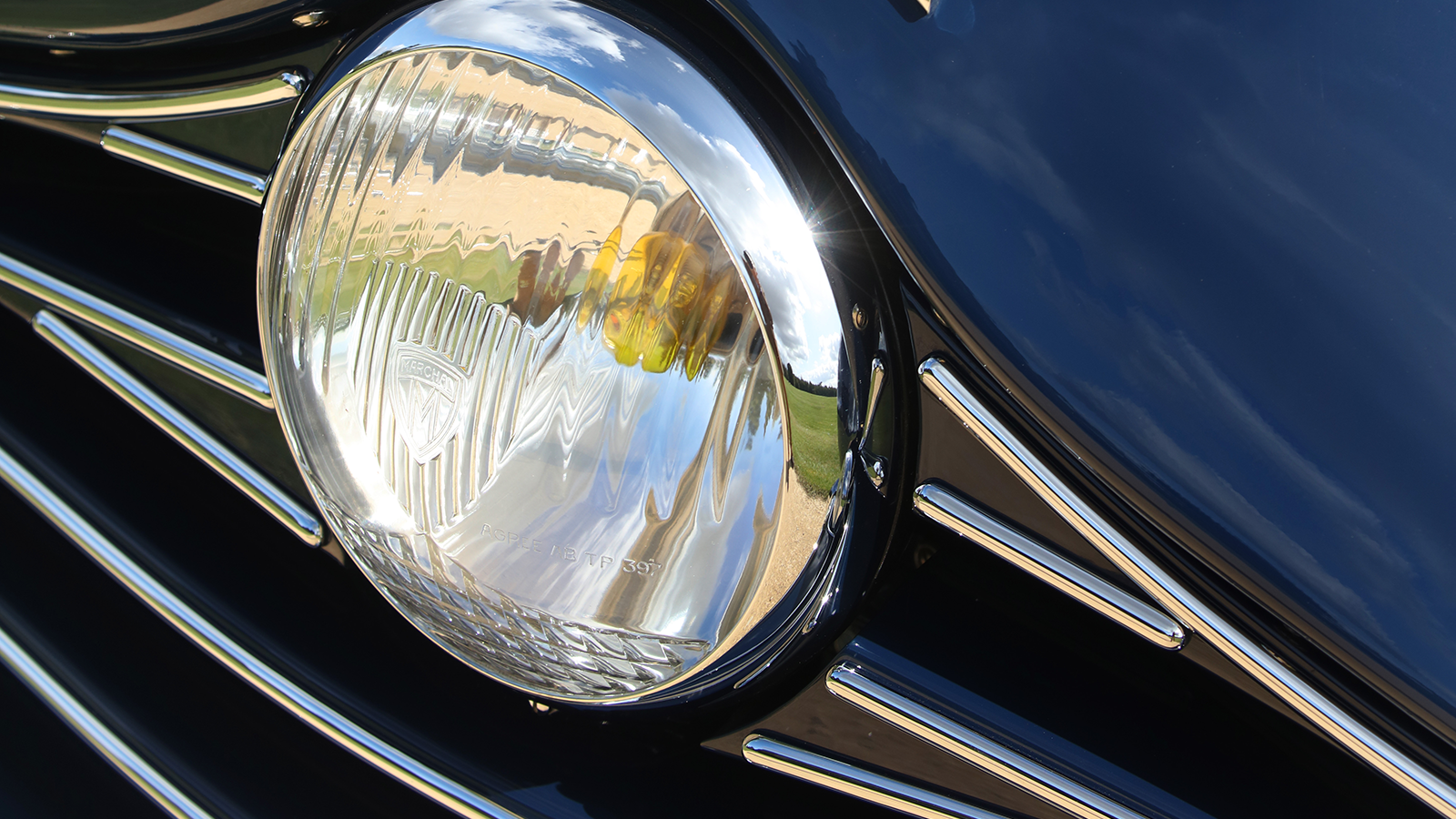 © James Mann/Classic & Sports Car
© James Mann/Classic & Sports Car -
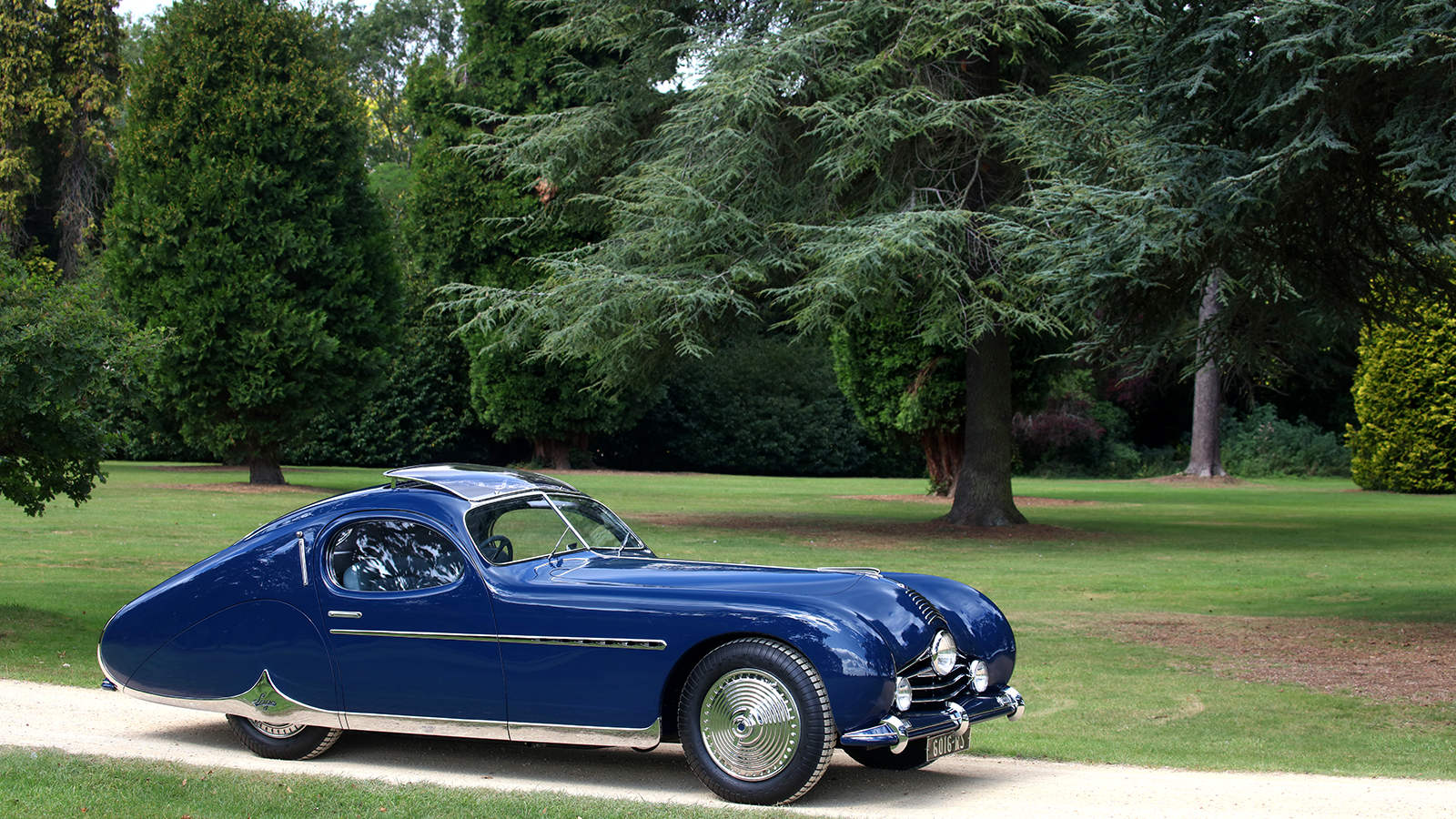 © James Mann/Classic & Sports Car
© James Mann/Classic & Sports Car -
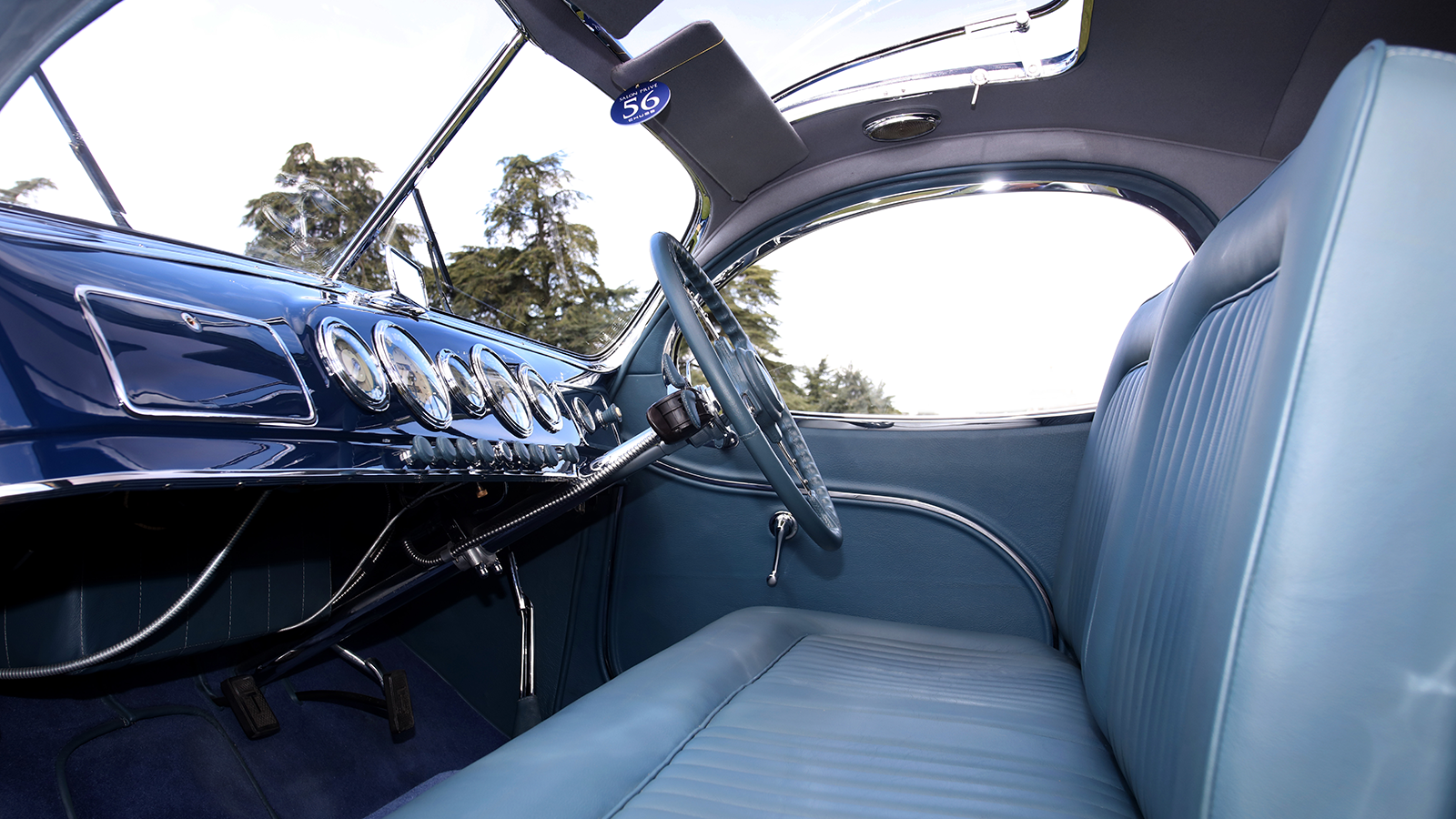 © James Mann/Classic & Sports Car
© James Mann/Classic & Sports Car -
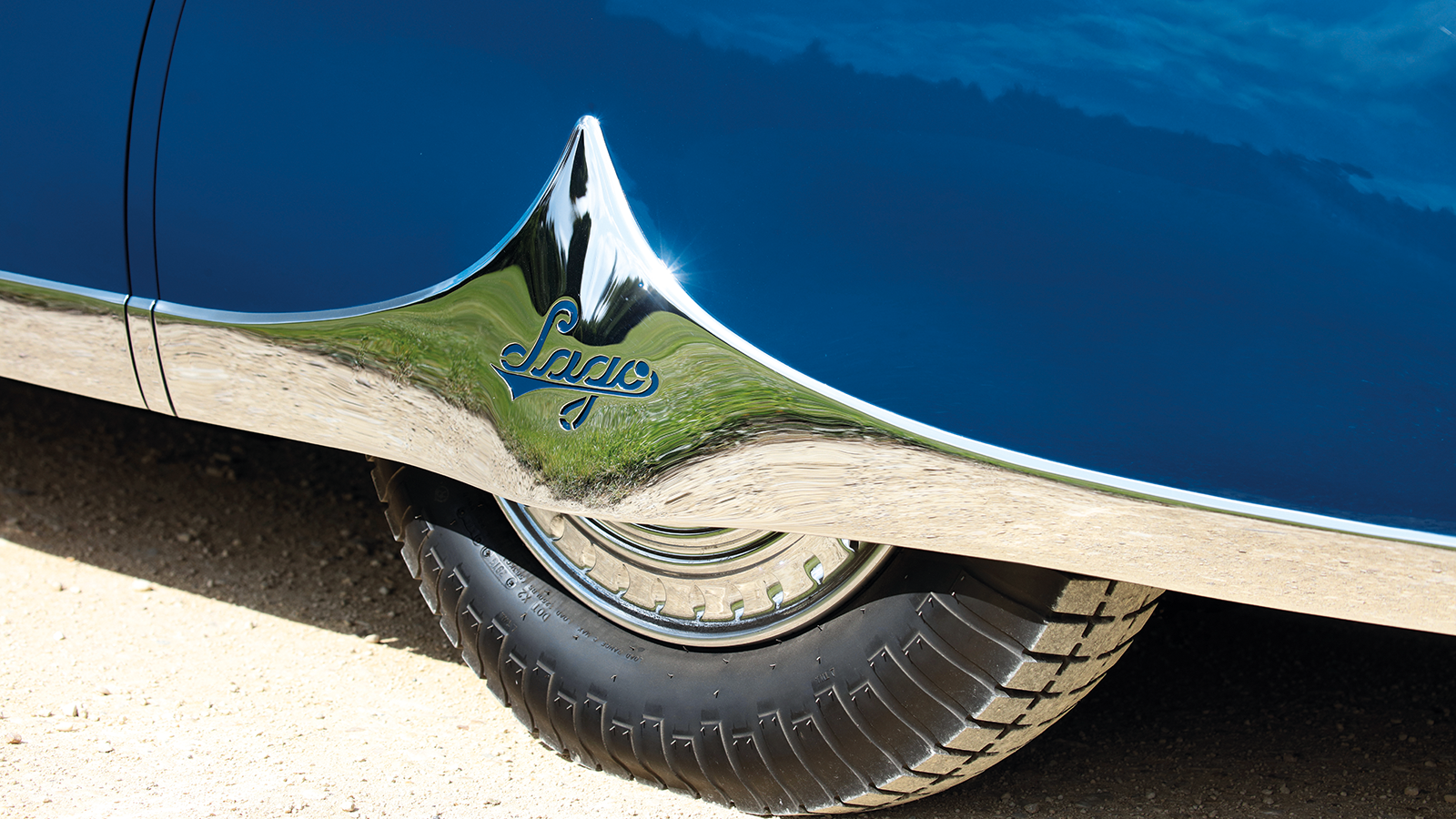 © James Mann/Classic & Sports Car
© James Mann/Classic & Sports Car -
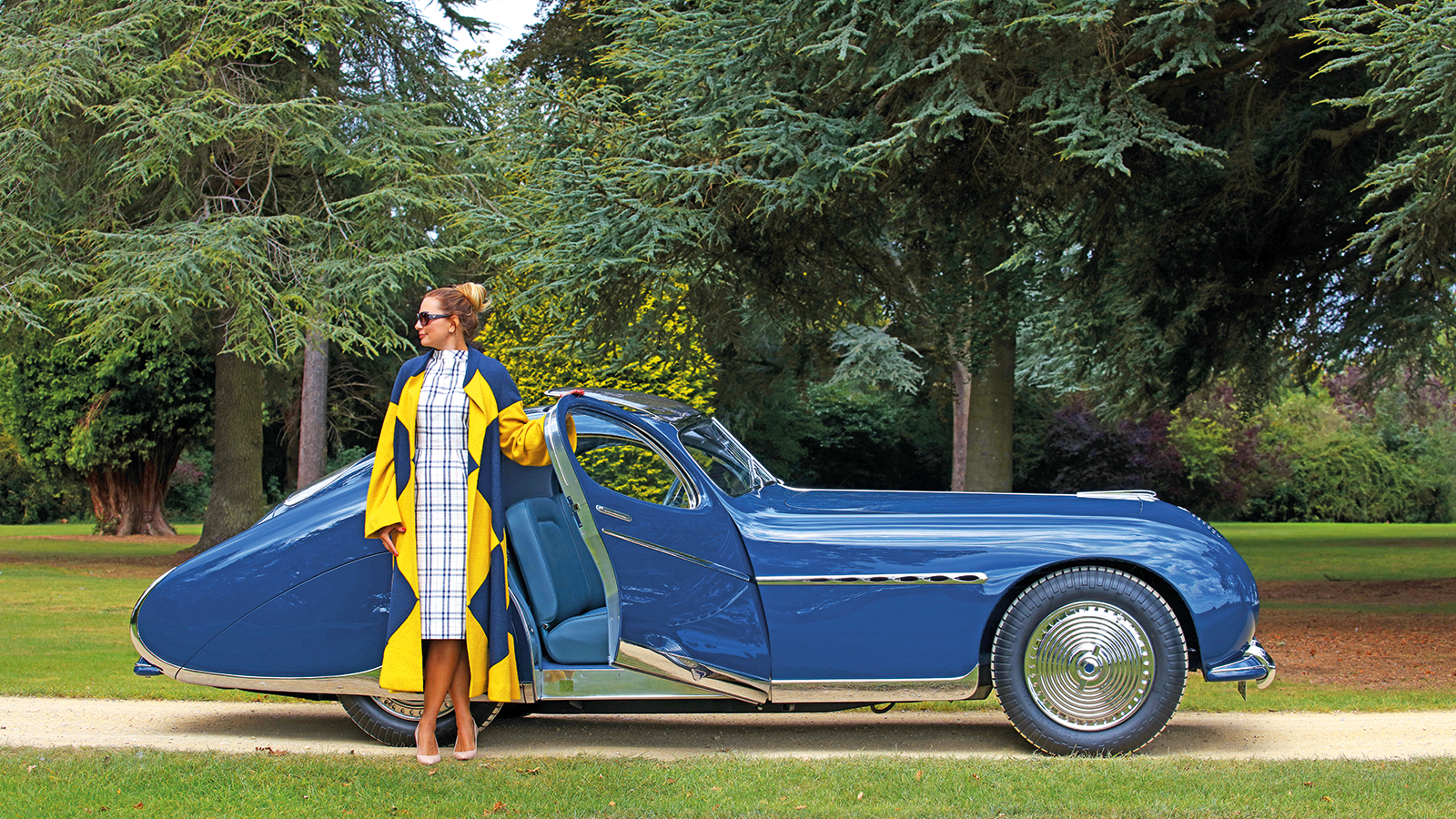 © James Mann/Classic & Sports Car
© James Mann/Classic & Sports Car -
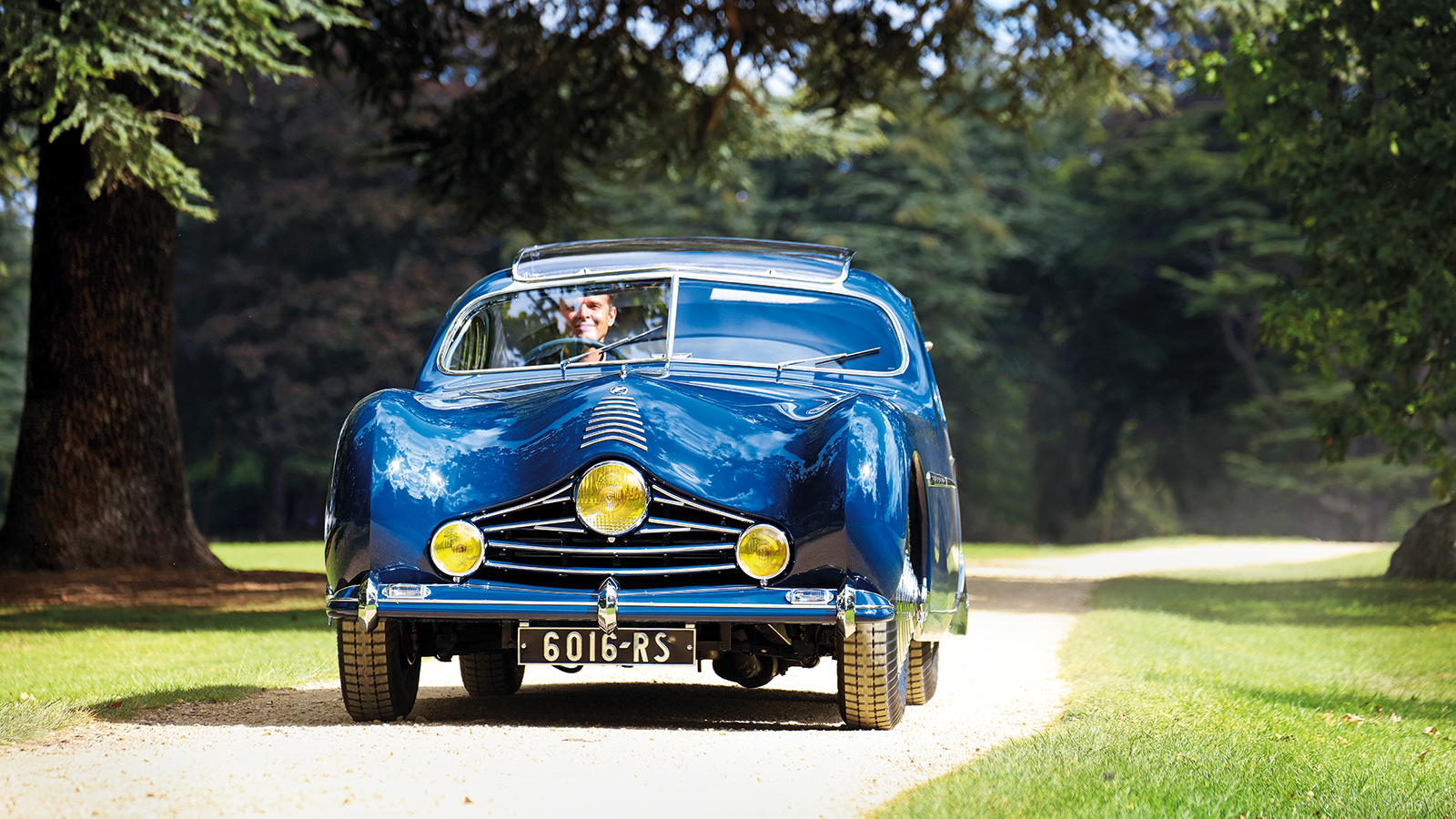 © James Mann/Classic & Sports Car
© James Mann/Classic & Sports Car -
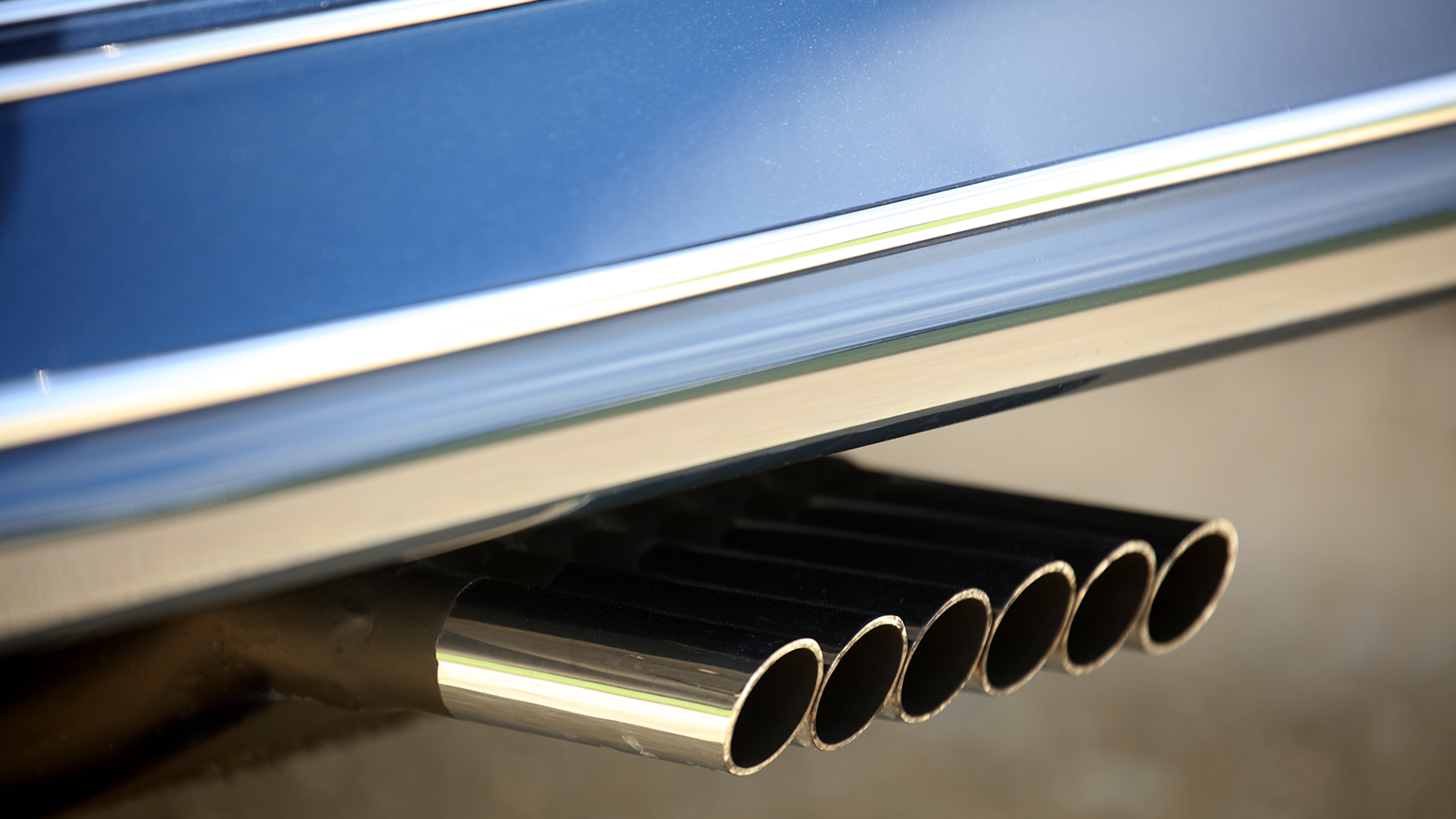 © James Mann/Classic & Sports Car
© James Mann/Classic & Sports Car -
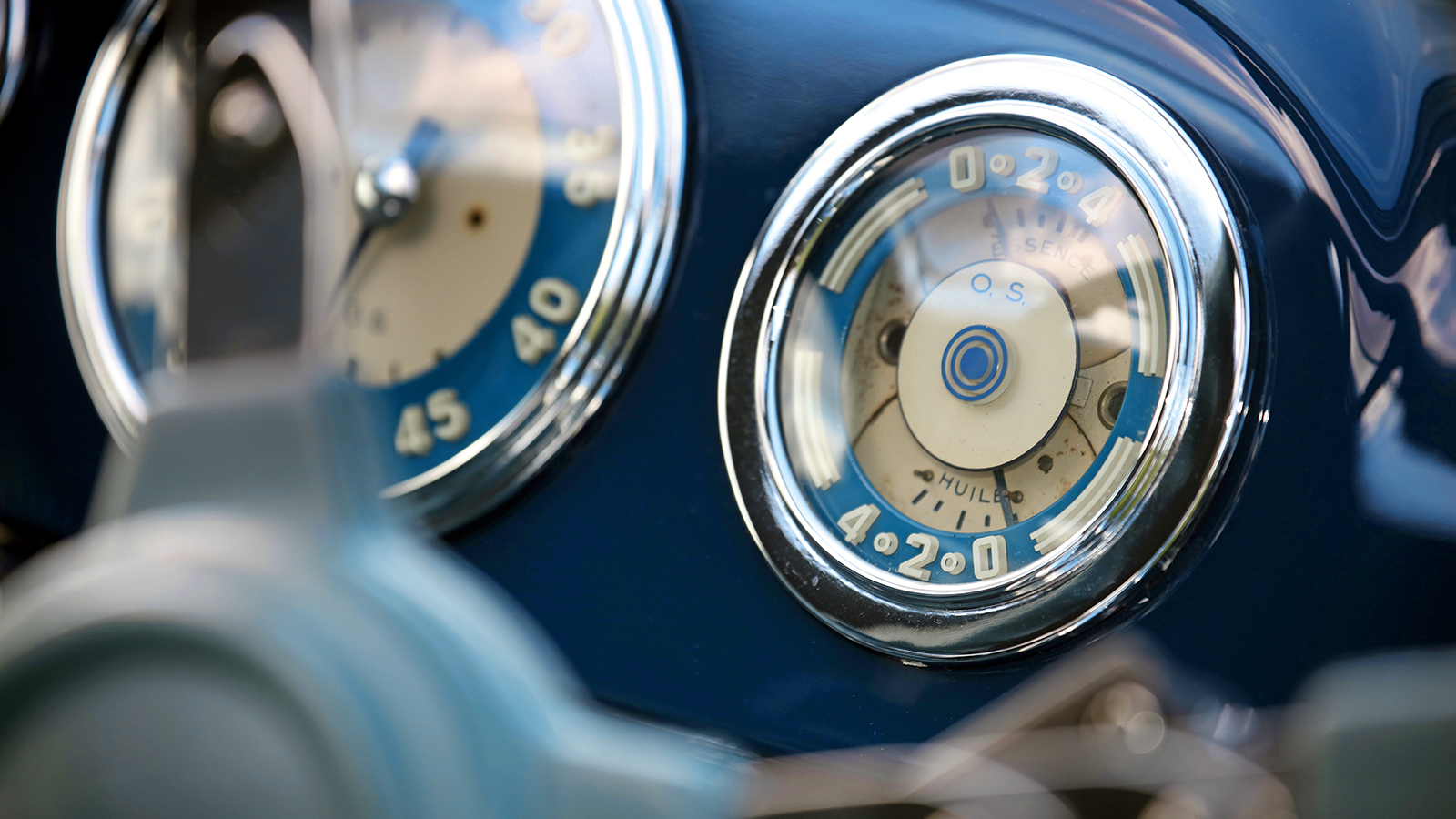 © James Mann/Classic & Sports Car
© James Mann/Classic & Sports Car -
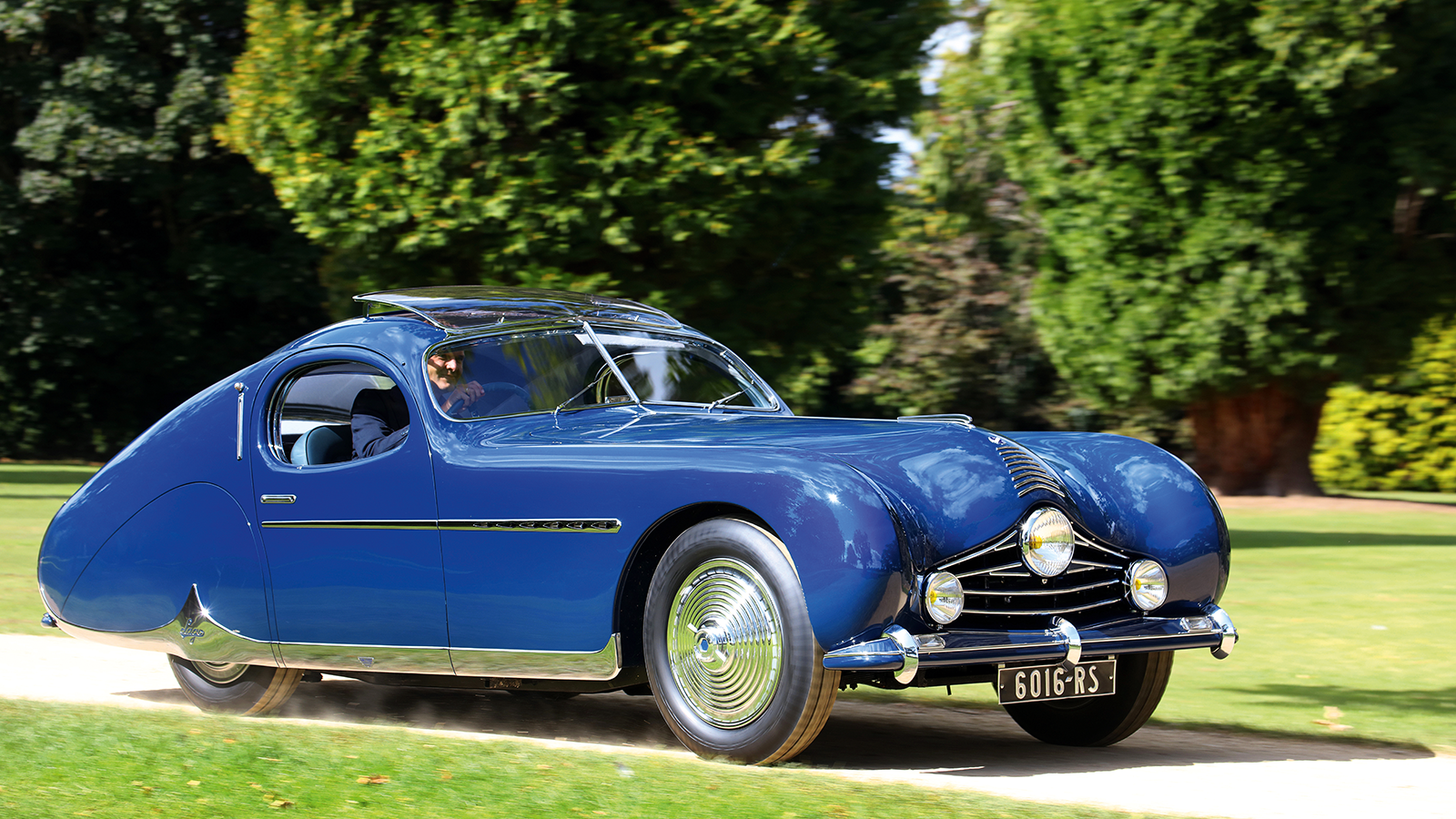 © James Mann/Classic & Sports Car
© James Mann/Classic & Sports Car -
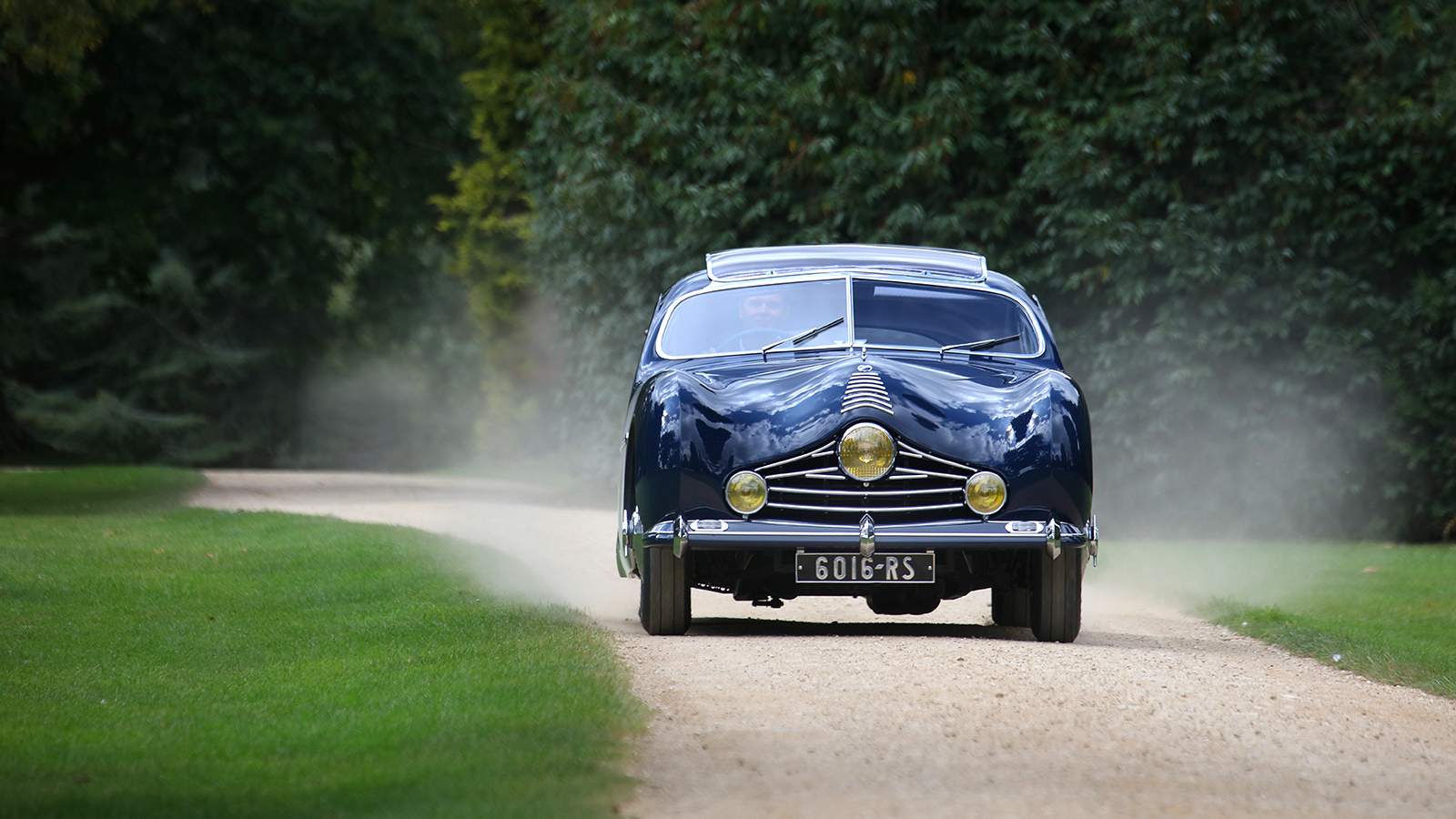 © James Mann/Classic & Sports Car
© James Mann/Classic & Sports Car
-
There’s nothing like it
Reborn after a life hidden in America, this unique Talbot is now making waves on both sides of the Atlantic.
Its sweeping, beguiling lines often confuse onlookers who don’t know what it is, but it is in the body’s details that its story lies.
Join us as we delve into this amazing classic’s past and discover how it was brought back to best, with stunning results.
-
From the ashes of war
After the Second World War, Talbot-Lago was one of the first manufacturers to launch a range of exclusive, high-performance cars with its spectacular T26 Grand Sport.
These 4.5-litre straight-six exotics were the ultimate high-performance Grand Routiers, good enough for a Grand Prix team and to win Le Mans.
-
One of one
Only 29 were built and delivered in chassis form to France’s greatest coachbuilders.
And just one Grand Sport was created by Figoni et Falaschi, the preferred coachbuilder of successful zip-fastener manufacturer Monsieur Fayolle – and this is it.
-
Proving a point
Italian-born founders Giuseppe Figoni and Ovidio Falaschi were renowned for some of the most flamboyant bespoke bodywork in the 1930s, particularly with Delahaye.
After WW2, some claimed Figoni’s heyday had passed, but winning the Grand Prix d’Élégance et de Confort at the 1949 Paris Salon with this Grand Sport coupé confirmed his status.
-
All zipped up
How involved the wealthy Fayolle was with the styling of his bespoke Grand Sport isn’t recorded, but Figoni had a reputation for stubborn direction.
And who came up with the chrome zipper motif to celebrate Fayolle’s business isn’t known.
-
Wow-factor windows
However, the rest of this Talbot-Lago’s styling has the bold signature of Figoni, including the goutte d’eau (teardrop) window shape.
-
Delightful details
Like many traditional coachbuilders, Figoni struggled with the pontoon body trend and he couldn’t resist embellishing it with bold details.
These include the chrome sill feature that wrapped around the rear wing to enhance the fastback line.
-
So-called shark
The front, with its cyclops headlamp matched with two spotlights in the droopy-shaped grille, had an aquatic look that French magazines tagged squale (shark).
Figoni continued this nose style with various custom Simcas.
-
Finally finished
The Grand Sport was delivered to Fayolle on 8 October 1948, joining a Figoni-bodied Talbot Record in his garage.
Mysteriously, it wasn’t shown at any concours events, which were all the fashion in France.
Within a year it seems Fayolle was tired of the car, possibly due to overheating – or alternatively his business interests had taken a dive and he’d failed to pay the bills.
-
Under the radar
The coupé was returned to Figoni, who displayed it at the 1949 Paris Salon where it created a sensation together with the sublime Delahaye 175 Convertible.
Little is known of its life for a while, but Lindley Locke, a lab technician at UCLA who spoke fluent French, had a passion for Gallic coachbuilt cars and would often rescue them, building quite a collection.
When he died in 2001, his wife began clearing his little-known stash.
-
Crash test
Meanwhile, in the Czech Republic, František Kudela and his son Robert had long dreamed of restoring a Grand Sport Talbot.
Eventually, with help from author Peter Larsen, they discovered that a trio of little-seen Grand Sports could be available in California – they’d been saved in the 1960s by Locke.
One of these was the unique Figoni-bodied coupé, chassis 110103, which had been crashed in the early ’60s by a mechanic while on test in the Pasadena area of north-east Los Angeles, its distinctive front badly crunched on impact with a street light.
-
A new journey
The Kudelas bought the Figoni coupé and took it to their workshop in Chropyně, where the analysis and dismantling began.
“We were lucky the early restoration had barely been started,” says Kudela. “The car arrived mostly in boxes after the previous specialist had decided the project was too much for him. In some ways it was a blessing the damage was at the front, otherwise it would have been repaired and not stored away all those years.”
-
Built to last
The first stage was to remove the body to check the chassis was straight, and a special buck was made for support.
“The original wood was in good condition and we used 90% in the rebuild,” says Kudela. “The standard of Figoni’s craftsmen impressed us. Unlike Italian coachbuilders, the French used an English Wheel, rolling the aluminium rather than hammering out the panel shapes.”
-
Cabin comforts
The interior was totally original. Although the leather trim had been affected by the California sun, the Czech team soon found the original colour in areas that had been hidden in shadow and under upholstery edges.
The distinctive instruments, switchgear and steering wheel were all renovated and refitted.
-
Photographic salvation
Most of the brass body trim features, including the sill and side flash, had survived, but the damaged front from the accident proved a challenge.
“We found some original grille parts in boxes but the rest had to be remade in our workshops. Historians Peter [Larsen] and Ben Erickson were really helpful with photographs to scale up the details.”
-
Colour coordinated
The show pictures from the 1949 Paris Salon reveal a Notrolac promotional sign on the windscreen, which denotes a special lacquered finish over the paint.
“Although the body colour had been stripped in America, we found areas of the original paint under hinges,” says Kudela. “From this we were able to match and mix the correct blue.”
-
Letting the light in
Final touches included renovating the plastic sunroof.
“All through the project we wanted to preserve as many of the original features as possible. The sunroof was discoloured but we managed to polish out the scratches and save it.”
-
A wheel challenge
The wheel covers, however, were missing and had to be remade. “It seems they were impractical and photos from 1956 show them already removed,” says Kudela.
“This proved a real challenge. From historical photographs we scaled up the disc design and then made a 3D model before sending the plans to American specialist Mike Rabin to have a set made. They were unique to this Grand Sport.”
-
Dior, darling
The final touch for the car’s Pebble Beach debut was to recreate the distinctive Dior coat, as featured in the 1949 fashion shoot outside the Figoni works at Rue de L’Église in Boulogne-sur-Seine.
The photographs were for the Salon preview issue of Réalités from October 1949 and, although taken in monochrome, the printed pictures were hand-tinted, which gave a clear guide to the stylish coat’s colours.
Robert’s wife, Petra, contacted stylist and friend in the Czech fashion world Yvona Leitner to make the coat.
-
A dream come true
With the final testing done, this one-off Talbot was transported to California and Kudela’s dream of showing a car at the world’s most famous concours became reality.
-
Aural attraction
Although the T26 was immaculate, the Kudelas had no hesitation about taking it on the pre-event Pebble Beach Tour d’Elegance – and it really created a buzz.
Not only that, it sounded as good as it looked.
-
Up there with the best
On the famous Pebble Beach fairway three days later, the quality of the restoration and the authenticity of the finish greatly impressed the judges and the Talbot won its class.
And although it might not have clinched the top prize, making it to the last three was a massive achievement.
-
More plaudits
Since that Pebble Beach debut, the Figoni Talbot has been shown twice in Europe, returning to France for the first time in 60 years for the Chantilly Concours d’Elegance in June 2019, and a few months later at Salon Privé at Blenheim Palace in September.
At Chantilly and Blenheim the car again impressed judges, garnering Best of Show at both.
-
A dream – and a dream drive
“The Talbot is really sporty to drive,” says Kudela. “The performance often surprises other entrants. On the Oxfordshire road run [as part of Salon Privé] we had no trouble keeping up with the Ferraris.
“The 4½-litre straight-six has great torque and on the dyno produced 200bhp at 4200rpm. With the Wilson preselector the gearchanges are fast, and the hydraulic brakes are really good. It’s very much a sports car beneath the coachwork.”
It has been an incredible journey.
